CBD: What Is It?
The push for the legalization of the marijuana plant in recent years has taken many forms. From the call to legalize the research in medicinal properties to the call for the complete legalization of recreational use. The argument for recreational use is often masked in the ubiquitous cries of “medical marijuana” and “hemp products”.
However, the argument for or against the legalization of this plant is for others to make. As a result, we’ve come together to discuss the use of only one of marijuana’s ingredients; CBD.
CBD is the short name for cannabinol, an active ingredient in the marijuana plant. However, it is not the one from which you get the altered state of consciousness from. That is THC. CBD has been shown to treat some epilepsy syndromes. Currently, this is the only medicinal use approved by the FDA is for these afflictions.
CBD: Healing, Legalities, and Popularity
Further claims of CBD’s healing properties have been expanded to include anxiety, insomnia, and chronic pain. However, further research and testing is required before any verifiable claims can be made.
The legal status of CBD is in transition but is becoming more acceptable every day. Since CBD can be derived from both the marijuana plant and the hemp plant, its status as a “controlled substance” is quickly fading. Also, the popularity of CBD treatments may be adding to this momentum.
This highly popular extract is in its initial stages of study and inquiry. But, it may be due to its relation to the marijuana plant that has garnered more than its share of press, both wanted and unwanted. The proponents make wild claims of CBD’s curative properties, while the detractors answer back that it’s a cheap ploy to legalize “pot”. The truth can be found, as it often is, in the middle, somewhere between these two polar extremes.
The research on CBD is only in its infancy and still requires further testing and study. The rush to believe or the rush to distrust any new mechanism by which we might advance medicine is a foolhardy endeavor. As a result, we must take the time for due diligence when advocating for or against new methods or medicines. For now, this is what we know about CBD and how to use it for muscle soreness.
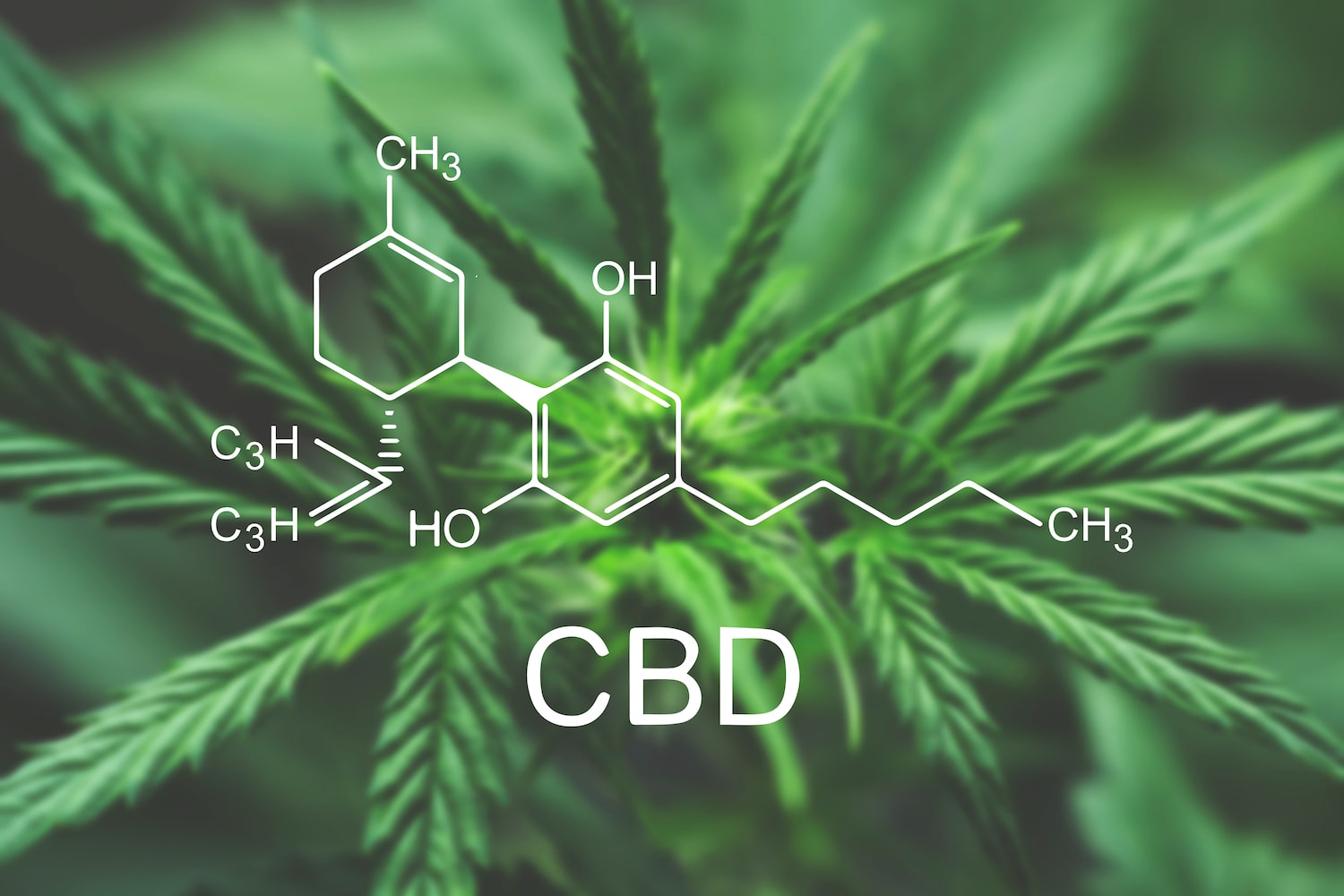
The Inner Workings of CBD
If you and I were PhD level scientists, we wouldn’t be here reading this treatise on using CBD for muscle soreness. Instead, we’d likely be elsewhere doing more glamorous things. We aren’t going to go into the weeds with scientific jargon that neither of us understands. Back to the basics:
CBD works because it interacts with the endogenous cannabinoid system. Simply stated, the ECS (endocannabinoid system) is an arrangement of neural receptors distributed throughout your body between the brain, connective tissues, and organs.
It was an elusive collection of transmitters and receptors that was tied to our immune responses and mood enhancers. It was studied in earnest in the mid 1960’s. However, CBD was not able to be tied to a cohesive system until the early 1990’s, when researchers isolated an endocannabinoid in the brain.
From this initial discovery, the research took leaps and bounds. While we are still learning the role the ECS plays in our bodies, the most promising research is related to the interaction of the ECS with CBD.
Touching the Mind, Changing The Future
Linking how the mind reacts to the body has long been an abstract concept for science. While it can be explained with nerves and reactions, the more subtle connections between mood, chronic pain (often mis-identified as phantom pain), and the immune system is less “digital”. It is also more open to the “analog” of scaled input, and thus less identifiable as a transmitter-receptor relationship.
The neurological receptors identified as cannabinoid receptors, CB1 and CB2, are susceptible to CBD for muscle pain. This is because the human body did not develop alongside a regular intake of the cannabis plant. It also never built up a tolerance to it.
There is a much longer explanation on the “how” this works. However, you and I agreed we wouldn’t pretend to understand the highly technical scientific jargon involved. It is enough to understand that we explored this avenue to establish the fact that there is a mechanism by which CBD functions, even if the technicality of it all eludes most civilians like us.
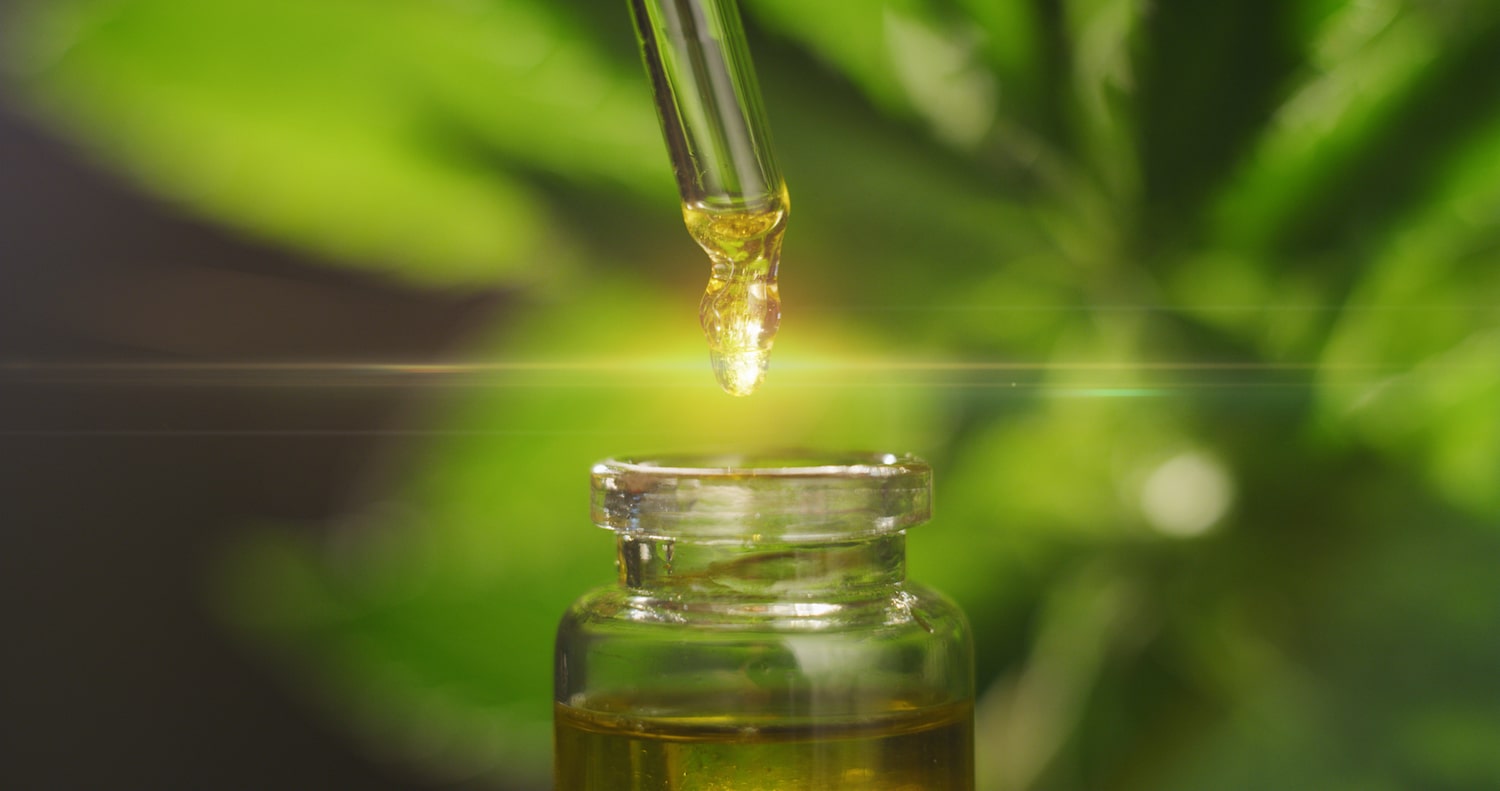
Reasons To Use CBD for Muscle Pain and More
There is a growing menu of all the afflictions and symptoms CBD is being reported to work on. The development of new studies are venturing into more and more venues. This is done in the hopes to find ways to implement this popular substance. One of the most promising areas of research has shown CBD can be effective for those suffering regular muscle pain.
Runners, gym-rats, workers on their feet all day every day, all of us can get those sore muscles that just make standing up difficult. As people begin getting into shape, one of the major stumbling points that cause us to give up our newly acquired fitness regimen is sore muscles. Using CBD to soothe these muscles can make the workout easier, and make the day better.
CBD’s Effects on the Muscles
CBD works on the two symptoms of muscle pain: inflammation and ache. The inflamed muscle happens from the very act of stimulation. When you are pushing and stressing your muscles, proteins called cytokine are being sent out telling your body it is being stressed. CBD appears to cut down the flow of these proteins. They allow the muscles to work without becoming overly irritated.
Muscle pain is equally stressful to the body as inflammation. Pain receptors pick up on the exertion signals. Then, the brain begins to pay closer attention to these areas of the body. This positively affects both physical and mental obstructions to your workout.
If your body is screaming “it hurts!”, you are going to want to stop. CBD won’t take away pain, but if it can soothe moderate discomfort, that may be the hump that gets you over giving up too early.
As an analgesic pain reliever and an anti-inflammatory agent, CBD is easily the runner and workout enthusiast’s friend. But there are more uses being explored in the area of arthritis and stress-induced pain. This could lead to promising applications for these chronic pain sufferers.
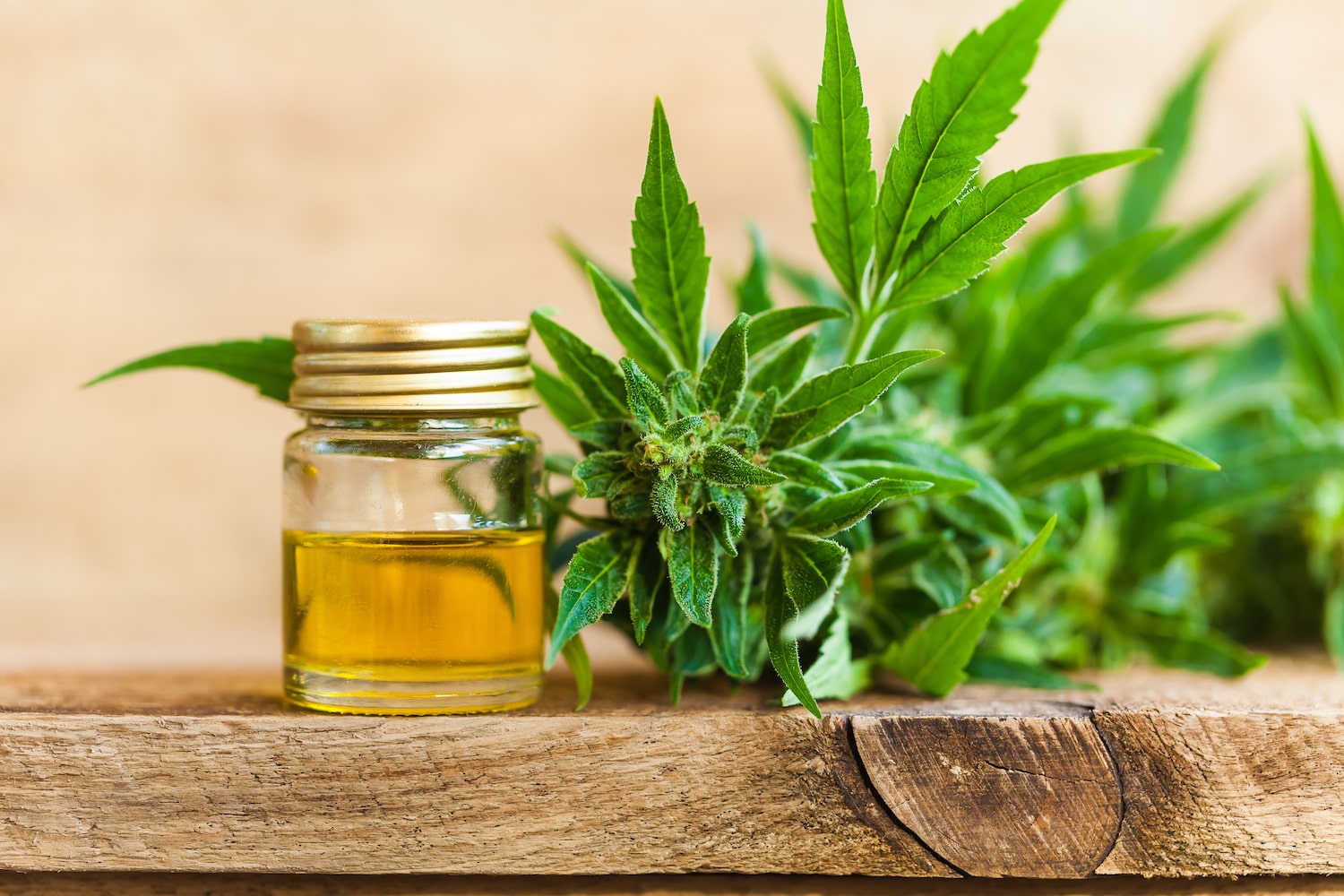
How to Properly Use CBD
CBD is available in just about every form you may wish to find. Stores across the country are stocking it as readily available due to the increasing demand for it. When you go out searching for CBD, you’ll most likely come across it in a topical form.
CBD oil is the most common form as it is easily manufactured, safely transported, and conveniently purchased by the consumer. The oil extract can be added to nearly any other compound. This makes the oil an easy way for people to incorporate CBD into their daily routines. This is done by mixing it in among their already tried and true routines.
Forms of CBD Application
Creams and salves are also available for topical treatment, and are often more specialized than the pure oil. Rubbing the CBD into your muscles can reduce swelling and inflammation.
User feedback commonly says that the continual application of CBD has shown an improvement after a few days. It has also has inspired them to continue on with their long-term workout plans.
Your average twice-per-week casual health club patron may not see any significant improvement from a single application. Your muscles need time to recover after being stressed and most of us allow that with “days off” at the gym. Those dedicated athletes that stress their muscles regularly with daily runs would see relief in muscle soreness and have reported as such.
Using liquid CBD drops is a more direct application of the substance. This type of utilization is appropriate for pain relief. It introduces the CBD to the CB1 and CB2 receptors internally. The efficacy of this use of CBD is still being rigorously studied and scrutinized. However, initial findings and reports tell of fast results and lingering relief.
Knowing When to Use CBD
For sore muscle relief, consider using your CBD product of choice both before and after your workout routine or your condition that is putting the added stress on your muscles. If it’s a long day on your feet, use the product as you’re getting ready for the day. Use it again after you are finally able to relax. Whatever your day holds and whatever your needs, CBD can ease some of the pain.
Attending to your muscles pre-workout will prepare them for the work ahead. Before any workout, you should stretch your muscles and warm up your body slowly. This is so there is no jarring change that sends your body into a panic, which can flood your body with signals telling you to stop.
A pre-workout application of CBD can relax your muscles and give you a more effective workout by allowing you to remain “in the zone” longer. The suppression of the pain receptors will keep you on track. It will continue working long after you normally might have stopped.
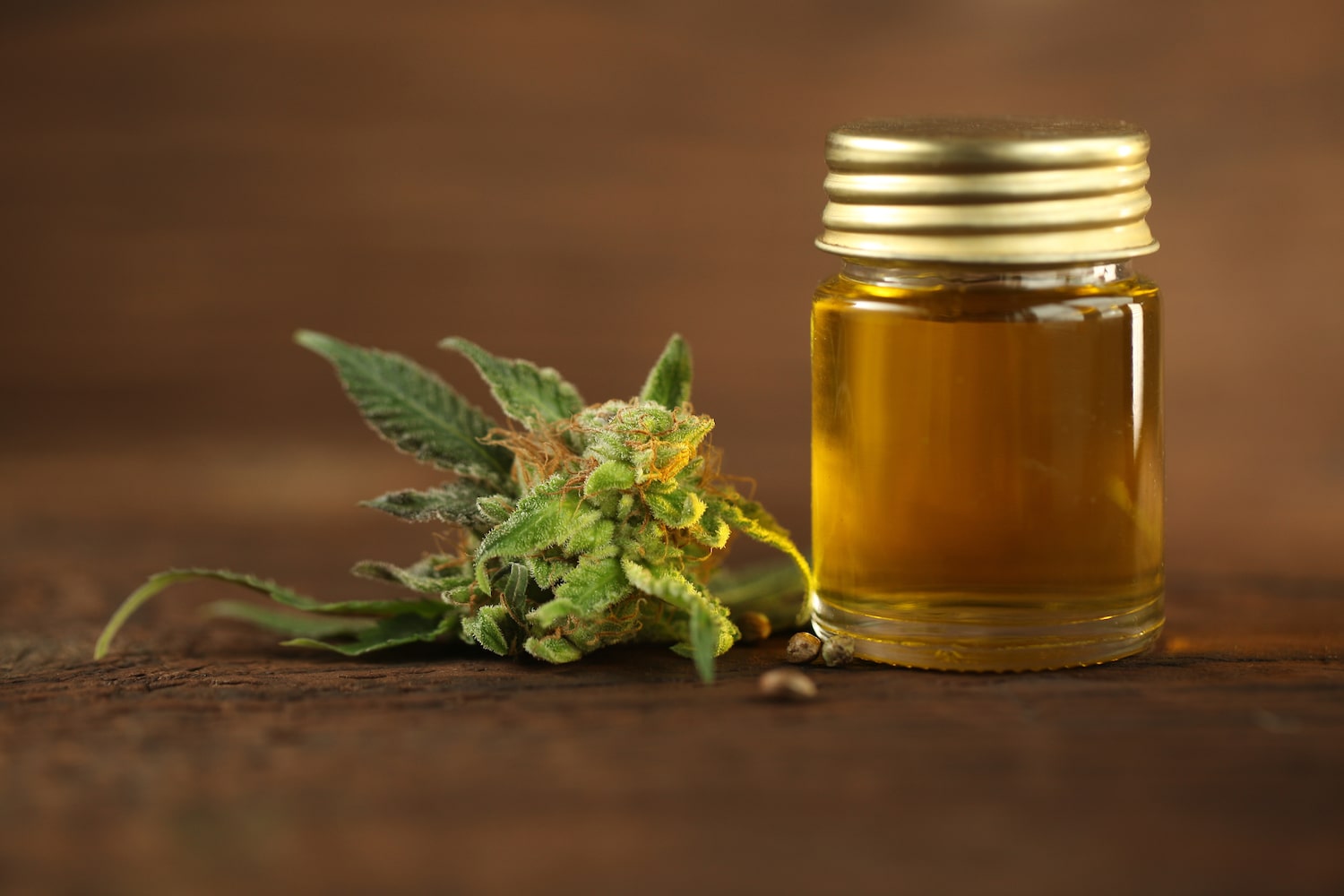
CBD for Muscle Pain, Post Workout
After you are done with the workout, it’s equally important to care for your muscles as it was before the workout in order to keep them in top shape. Rubbing down your sore muscles with CBD can give them the proper cool-down they need.
Keeping them massaged with CBD will reduce the swelling and inflammation of un-tended muscles and give you a sense of relief after the workout.
Incorporate CBD into your regular workouts or your daily routines. The continual application of CBD has been reported to have a soothing effect and can be a cumulative effect.
Users explain that after a few days of using CBD, their muscles responded favorably, so they are not reporting immediate and drastic results during the workout, but certainly longer term changes after the fact.
Does CBD Work for Muscle Pain?
This is the million dollar question that everyone is talking about. The use of CBD is a polarizing issue with some camps taking up the “it cures EVERYTHING” side and the other camps rebutting with “you just want to get HIGH!” Neither of these arguments are correct and both are destructive to the issue.
The truth is, if CBD were not derived from the marijuana and hemp plants, there would be no argument about the introduction of a new supplement. It won’t cure cancer and it won’t get you stoned. However, we are in the process of finding out exactly what it can (and can not) do.
There are currently no reliable studies backing the claims of CBD users. There are one-off studies completed by parties with a biased interest in the results, and they should not be taken as gospel.
We need rigorous, scientifically controlled studies reported in reputable peer-reviewed medical journals before we can make any assertive claims. As of right now, there are none.
This does not mean CBD does not work, it could only mean that the field of study is relatively new and under-represented. Perhaps the taint of the marijuana stigma has made for fewer studies. Perhaps it’s just now coming into popularity, and so only now are people looking for studies that haven’t been conducted. Any new discovery takes time to develop and CBD is certainly worth more research.
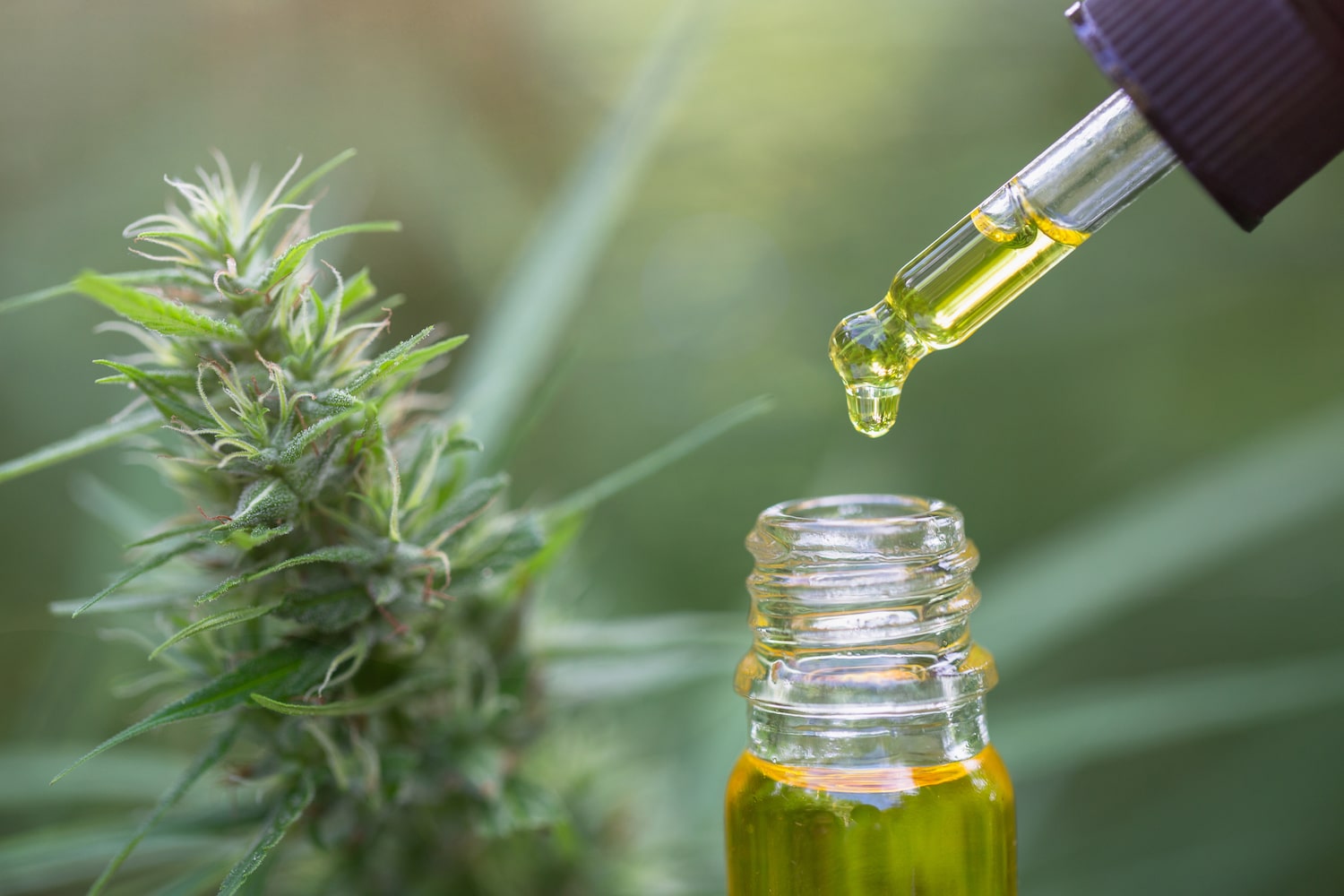
Putting Pressure on the FDA
The FDA has done some testing and approved of the medical efficacy of CBD in the epilepsy drug Epidiolex so there is precedence for legitimate uses of CBD. While there may be room for doubts in every new discovery, the doubt itself should not inhibit us from investigating further and the development of Epidiolex is a shining example.
However, the fact that the CBD oils, creams, drops and salves available to us as “supplements” have not been approved by the FDA can be a problem. Until they are approved and regulated, there is no guarantee on any specific claims and the dosage can be suspect at best. Also in question is the purity of any single product.
The FDA does not regulate supplements so as long as they refrain from making any definitive medical claims, manufacturers are free to put anything in their product they please. Some common additives include peppermint, menthol, camphor, ginger, eucalyptus.
Any of these products claim the same curative propertied CBD oil does on soothing sore muscles so until legitimate studies are performed to confidently support the claims CBD makes, it is reasonable to keep an open mind. As powerful anecdotal evidence mounts, more and more people are using CBD for muscle pain.
